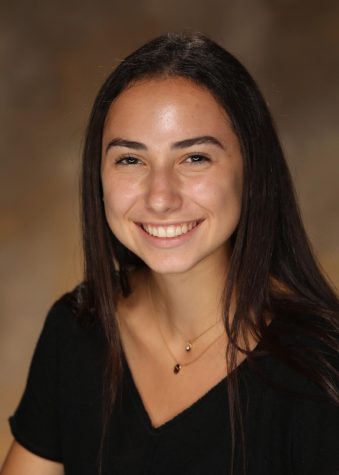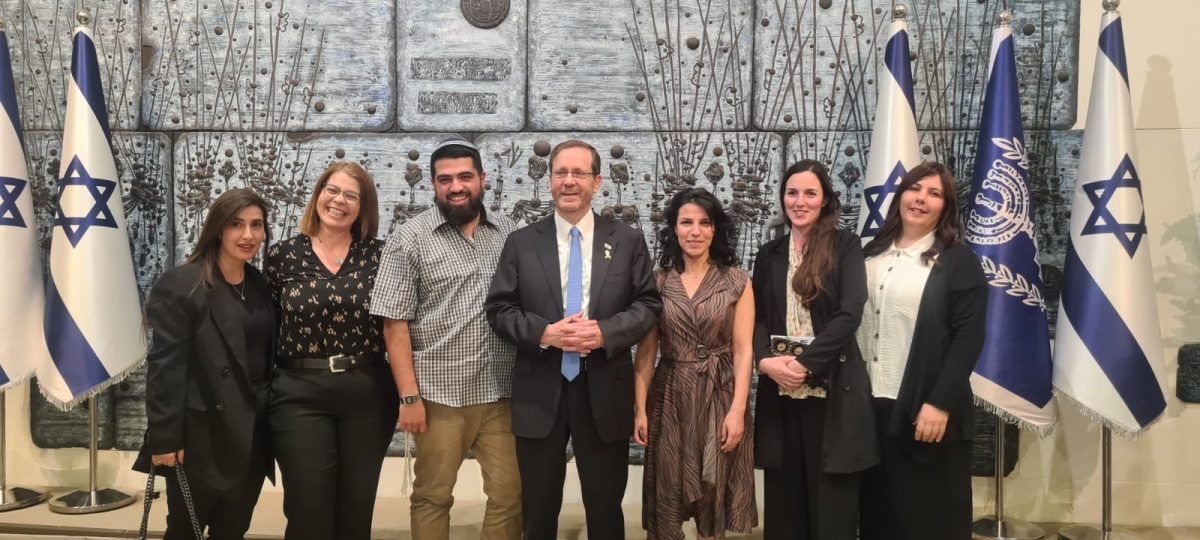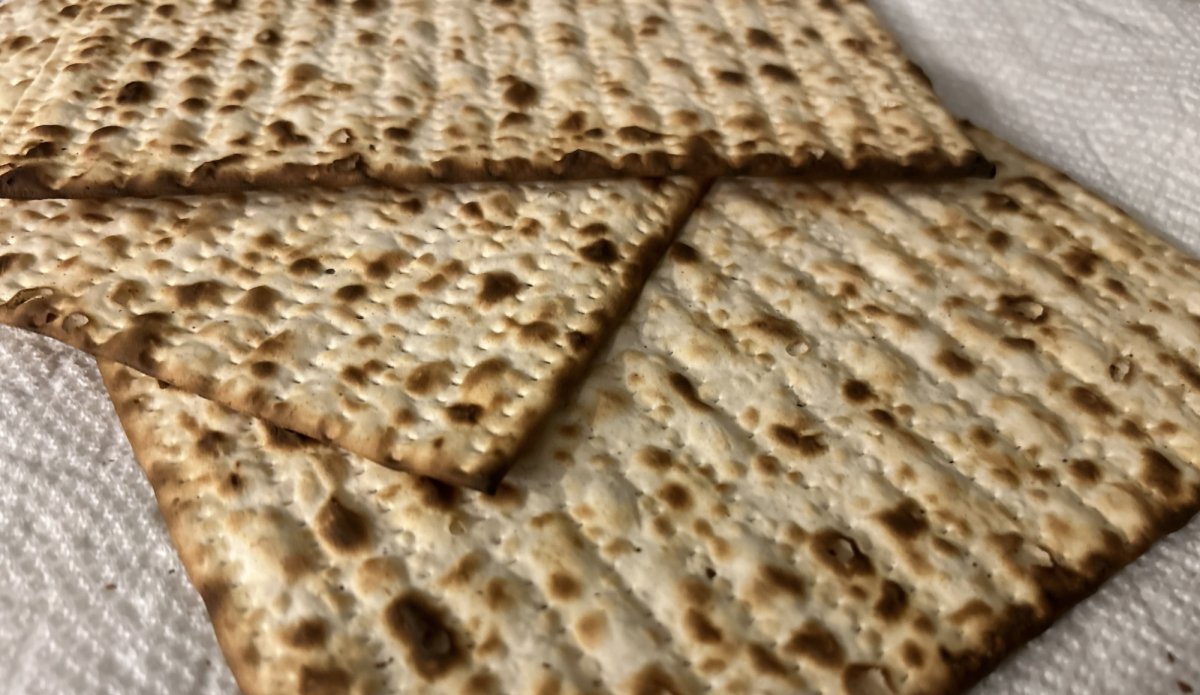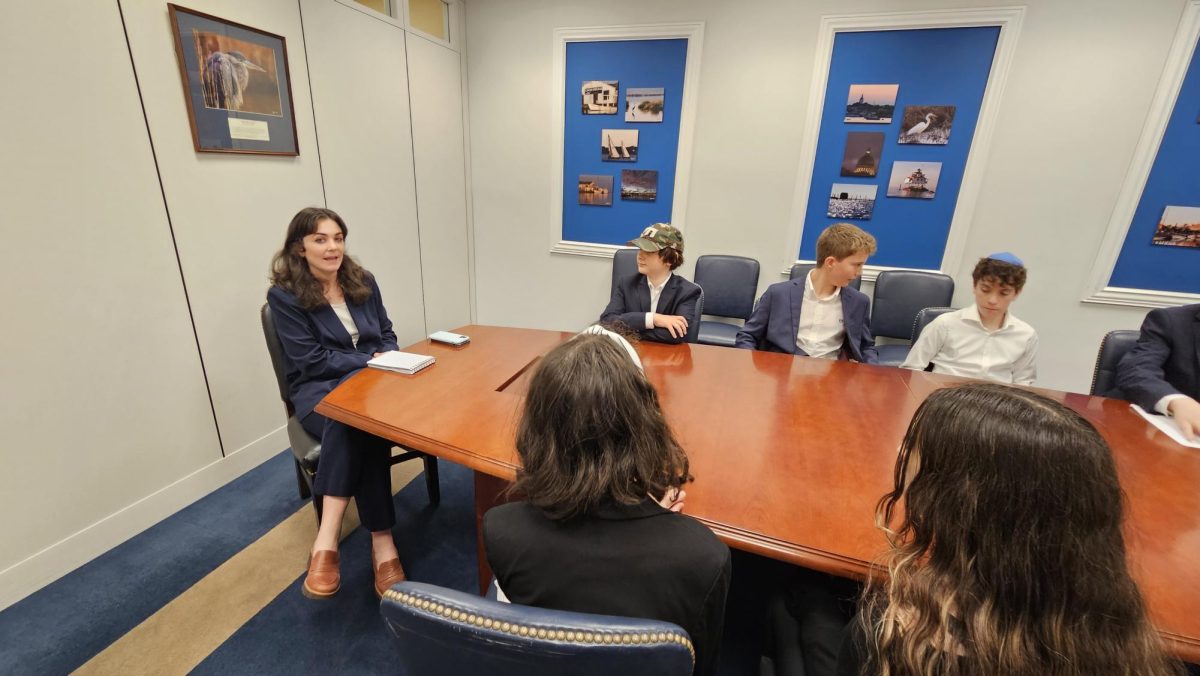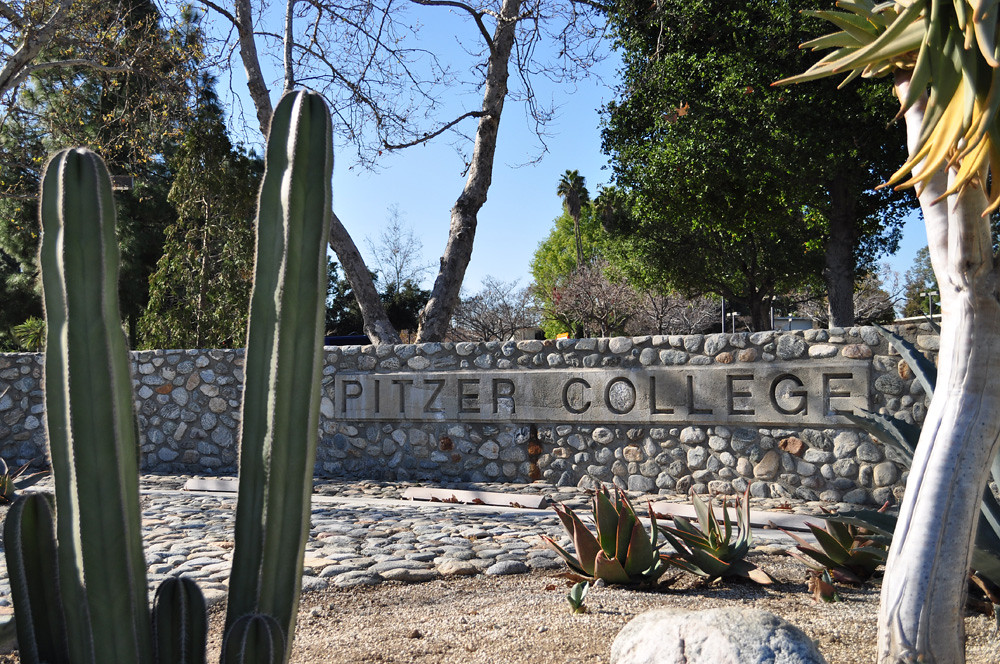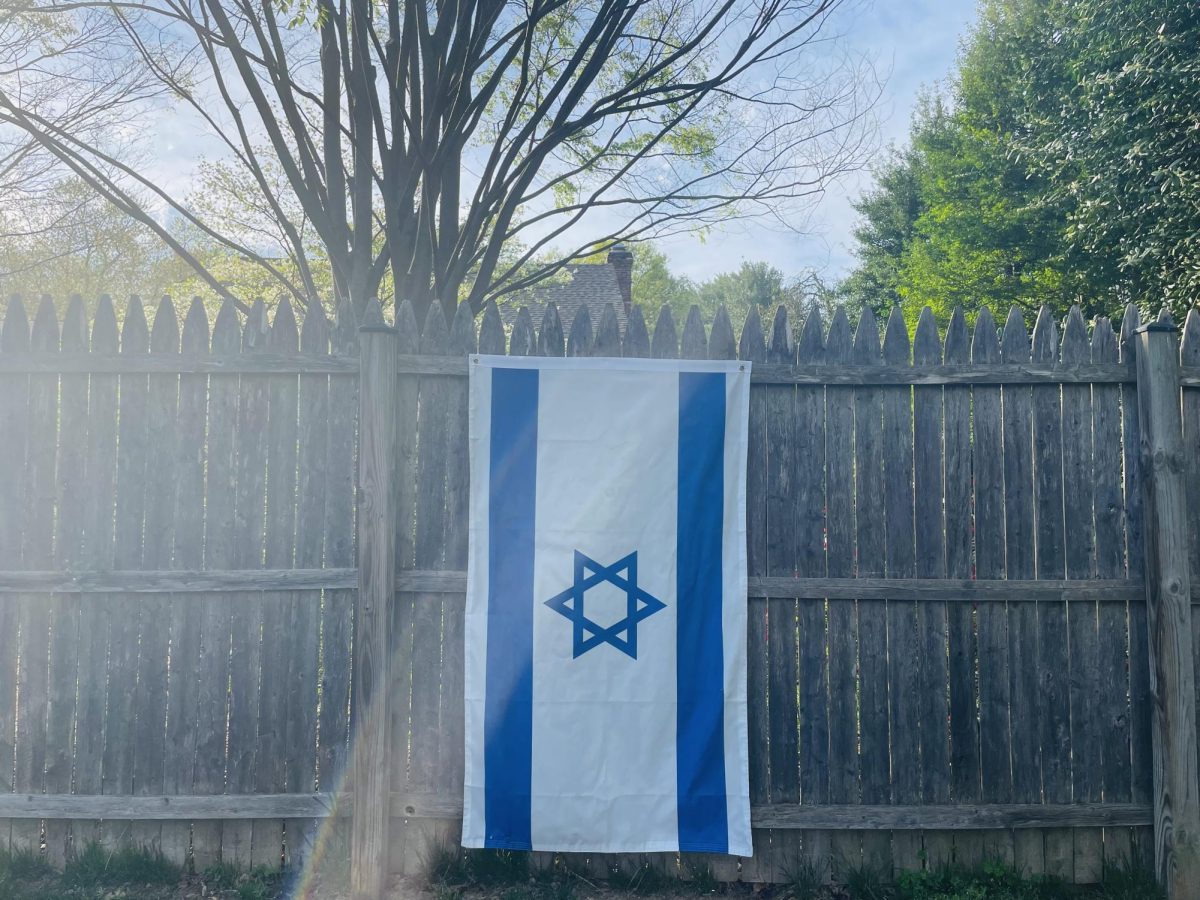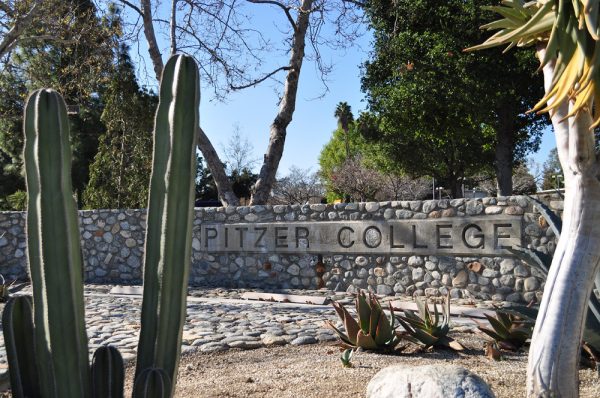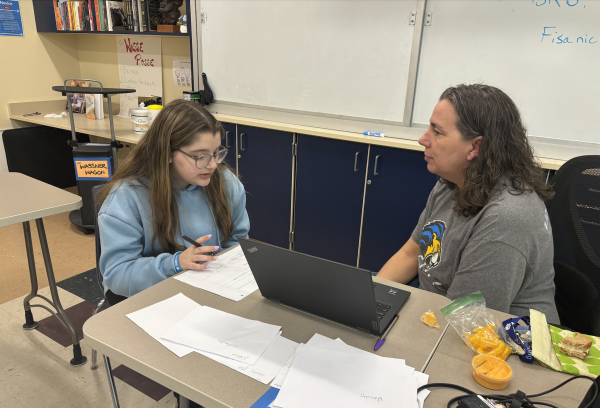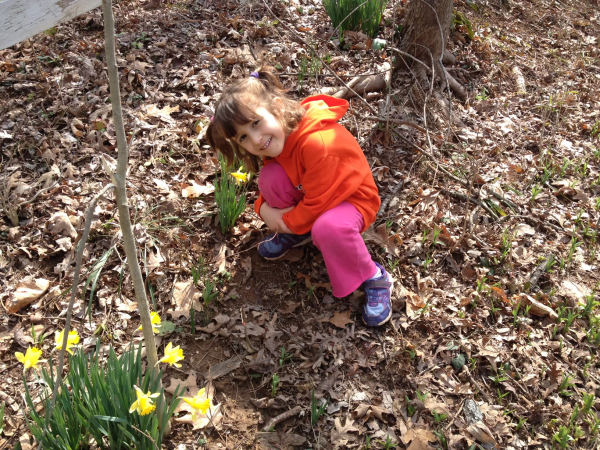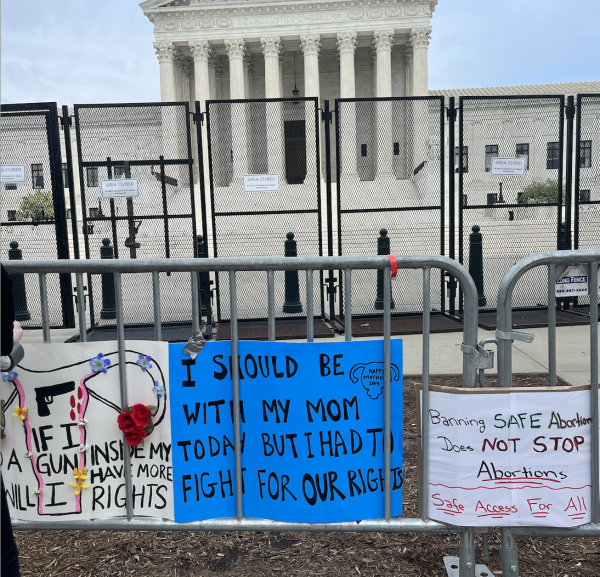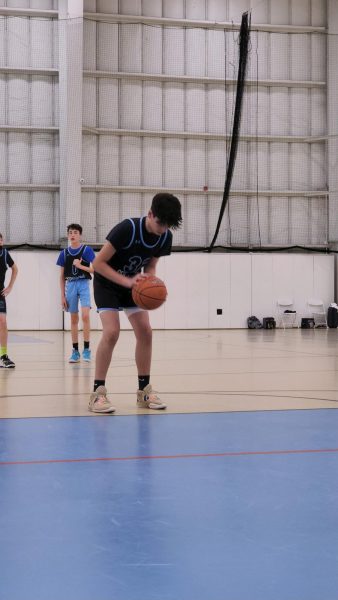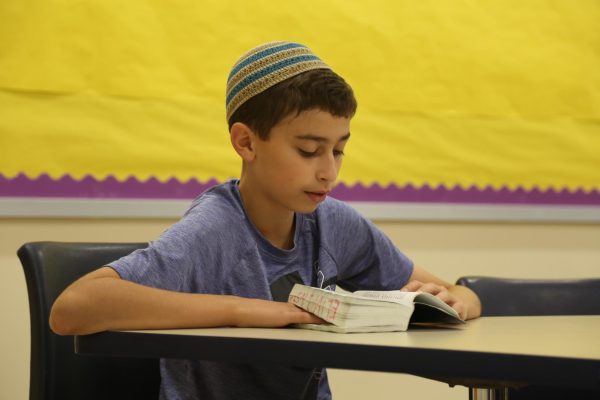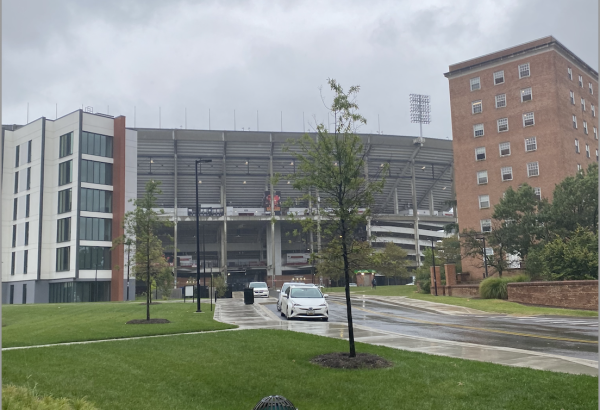Hopes For Expanding the Zman Kodesh Program
This year, several Minyans are overcrowded, decreasing the number of students permitted in the Journaling Drisha Minyan. Here’s what CESJDS should do to improve their Zman Kodesh program.
September 10, 2019
Minyan is the only time during our school day that allows us to reflect on ourselves and connect with our form of religious devotion. For many students at CESJDS, this davening is practiced in many different ways, none more legitimate than the rest. That is why JDS offers 14 different Zman Kodesh options for their high school students.
Personally, I participate in the Journaling Drisha Zman Kodesh, and it is my favorite part of the day. I am not an extremely religious Jew, so I do not devote much time to traditional prayer outside of high holidays. However, I have completely reformed my spiritual connection to Judaism through Journaling minyan. Writing is my favorite form of expression, so having the ability to practice journaling every day helps me feel more fulfilled and connected to myself and God.
This school year there was an overcrowding issue with several Zman Kodesh sections. This led to limited spots in some of the art Drisha options. Though I understand this is merely an overcrowding issue within the classrooms and there are often not enough teacher volunteers, I still believe it is wrong to deprive some students of their most favored choice in praying. It is unfair to allow some students the ability to pray in their Zman Kodesh of choice while other students are told they aren’t allowed. Instead, JDS should make as much of an effort as possible to expand the Zman Kodesh options by including different sections for each one.
I spoke to the new Director of Jewish Life Shoshana Schecter about the overcrowding issue, and she said that she is looking to expand the Drisha options “mindfully,” meaning that she aims to respect everyone’s Jewish identity as she looks to grow the program. Hopefully, this will mean more options that allow every student to find a place that satisfies their praying needs. As she discussed her plans for future Zman Kodeshes, Schecter said, “Prayer is a challenge, and it’s something that I’m not scared to take on.”
Journaling Drisha has already been divided into two sections because of its large amount of members, but I know that as of now, not all Zman Kodeshes have the same option. I hope that in the future students will be able to practice their davening of choice through a greater amount of spots in each Zman Kodesh option.



